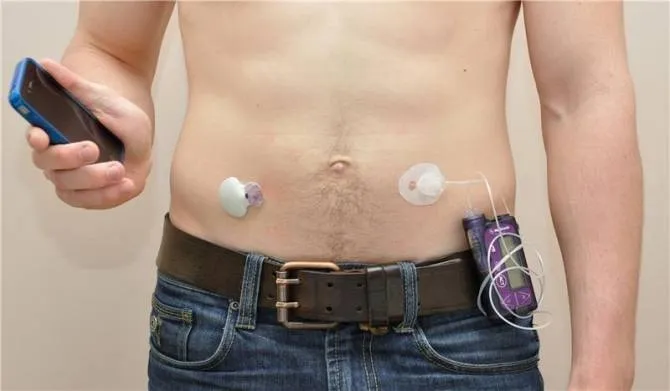The first world clinical trial by comparing three treatments for type 1 diabetes supports the results of a previous study, and confirms that an artificial pancreas, essentially external, improves glucose control and reduces the risk of hypoglycemia, compared to the treatment ofDiabetes by insulin pump.
This new clinical trial has been carried out by a team of specialists from the Institute of Clinical Research of Montreal (IRCM) and the University of Montreal, both institutions in Canada, led by the endocrinologist Dr. Rémi Rabasa-Lhoret.The results are encouraging and could have important repercussions on the treatment of type 1 diabetes, a chronic disease that can cause loss of vision and cardiovascular problems.
Artificial pancreas is an automated system that reproduces, to some extent, the work of a natural pancreas in good condition, continuously adapting insulin release to changes in glucose levels.The artificial pancreas has two configurations: one in which only insulin releases, and another in which insulin and glucagon releases.
External artificial pancreas: left, constant glucose surveillance device.The pump, holds in the belt, injects insulin under the patient's skin, to the right.The control system is in this case a smartphone or smartph
While insulin lowers blood glucose levels, glucagon has the opposite effect and elevates them.
People with type 1 diabetes should carefully control their blood glucose levels so that they remain within normal values.Blood glucose control is the key to avoiding long -term complications related to high glucose levels (such as blindness or renal failure) and reduce the risk of hypoglycemia (dangerously low blood glucose levels, which can cause confusion, disorientation, disorientation, and even loss of consciousness in severe cases).
The new clinical trial shows that in its two configurations the artificial pancreas improves glucose control and reduces the risk of hypoglycemia, compared to treatments based on an insulin pump.
The next step in this line of research and development will be to perform clinical trials with larger amounts of patients and during longer test periods.If no unexpected difficulty arises, technology should be commercially available within the next 5 to 7 years.
It is estimated that 285 million people around the world are affected by diabetes, and that approximately 10 percent of them suffer from type 1. taking into account the number of new cases of diabetes each year, it is estimated that the number ofAffected will reach 438 million around 2030, giving epidemic dimensions to this problem.


